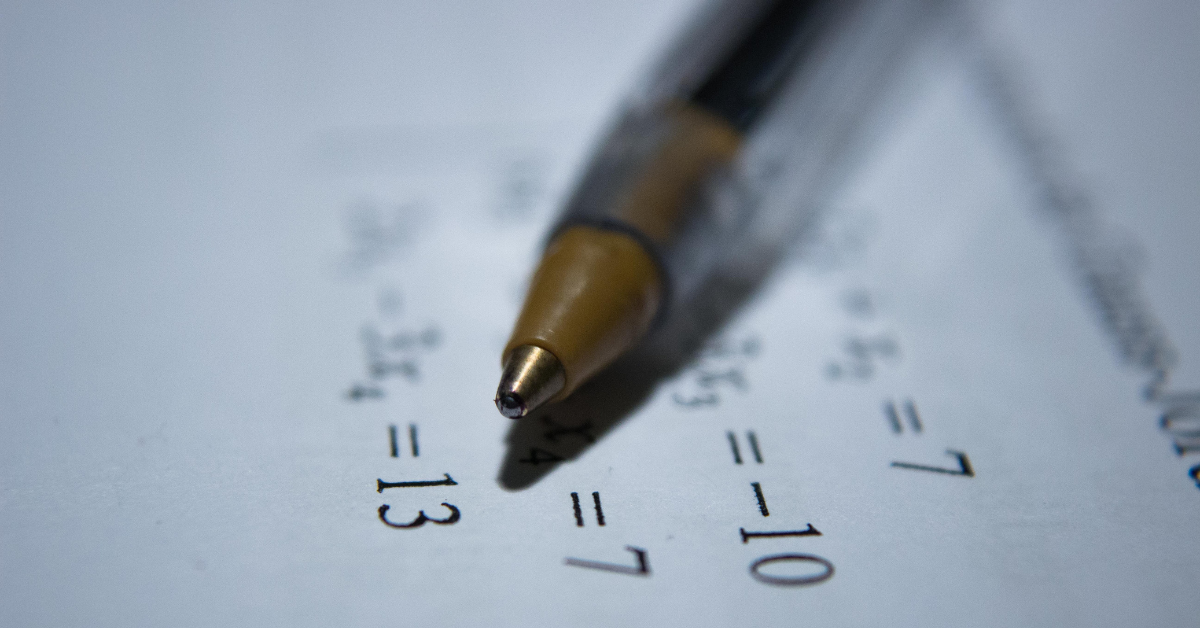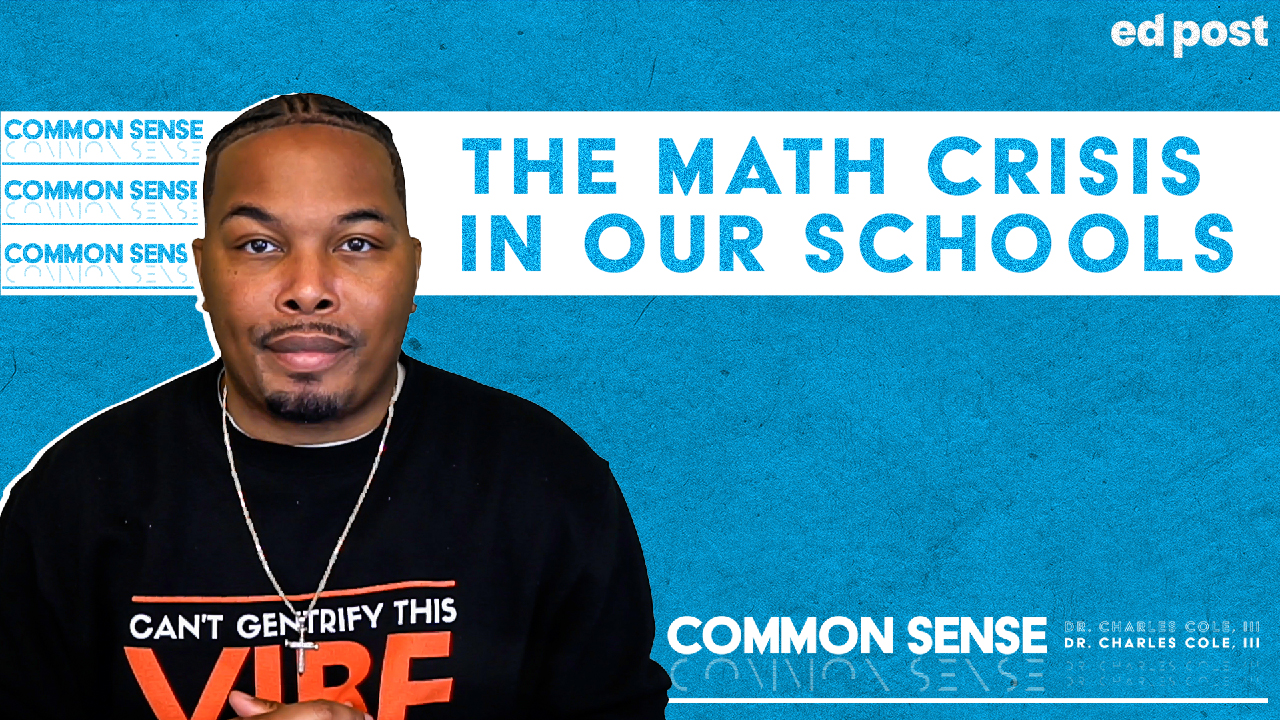As I continue to investigate what it truly means to be a “math person,” I’m reflecting on my experiences with math. I’m not alone in growing up during a time when mental math was the gold standard for being a “true” mathematician while using a calculator was seen as a sign of weakness.
Whether that was the message my math teachers intended to communicate, that was how I received it. For further context, I grew up in the '90s, when rote memorization was how my K-12 math teachers taught me times tables, division facts, formulas, and different algorithms for computation purposes.
In hindsight, this mode of instruction helped me to develop into a strong math learner. However, there was a stubbornness and cockiness that came with not having to rely on a calculator to perform computations. As a teenager, I didn’t have the humility to accept that there’s a limited capacity for how many numbers, formulas, and algorithms the human brain can hold at one time.
It didn’t matter if it took me 15 minutes to compute a math problem mentally.
As long as I completed the computation without a calculator, I felt successful because it legitimized my status as a “true” mathematician.
When describing how white supremacy culture, more specifically the characteristics of perfectionism and paternalism, manifest themselves in the math classroom, it’s not just about this fixation on getting the right answer. It’s also about how certain math teachers restrict the use of calculators in class and force students to solve problems using only the algorithms and methods they prescribe. That was my exposure to math growing up, so it’s no surprise that I would carry this mentality into my early years of teaching.
In full transparency, I was once that math teacher who never let students use a calculator in class. I was hellbent on getting them to solve problems mentally and by hand because that, in my mind, represented true mastery of the skill. Was I doing it to be a jerk? Not at all, but looking back, I realize how wrong and harmful my thinking was.
Good intentions or not, I’m certain that my willful determination to develop my students into “true” mathematicians caused some of them to develop an adversarial relationship with math that has aged well into adulthood.
How did I manage to turn a beautiful subject like math into something so cruel and ugly? How did my best intentions lead to some of my students proclaiming math to be “Mental Abuse To Humans”?
From day one, my goal as a math teacher has been to help students develop a love for math and see the value of it in their daily lives. If that’s truly the goal, I needed to center the social-emotional welfare of my math learners by reframing my thinking around calculator use in class. That transformation started when I became an inclusion teacher for my 7th- and 8th-grade math classes six years ago.
With so many students entering the school year with significant gaps in their development of basic math skills, I knew immediately that I had to set the tone by creating a safe learning space where students didn’t feel pressured to be perfect.
In this learning space, calculators are a necessary learning tool for students.They lived in the classroom and were always available for student use. In terms of when and how to use them, a lot of that depended on the type of learning task or lesson I delivered to students. If, for instance, I needed students to perform complex computations, I allowed them to use the calculator. When assessing students for their procedural fluency (i.e., step-by-step process of solving) of a particular skill, I would still allow them to use a calculator because the focus is how they arrived at their final solution instead of what that solution is.
When is it appropriate to not allow students to use a calculator? Well, from my experience, it’s generally when I’m assessing students for their facts fluency.
I can sit here and walk you through various scenarios, but the most important lesson I’ve learned as a math teacher is that strong math learners present themselves in different ways. Some rarely need a calculator, and others use it more frequently to complete their work. Ultimately, there has proven to be no direct correlation between a student’s math proficiency level and their calculator usage rate. It’s a fallacy that many of us in math have been hoodwinked to believe.
As we continue to reframe our thinking around what it means to be a math person, unlearning this calculator fallacy must be a mandatory part of that reframing.
To learn more about how other math teachers feel about calculator use in the classroom, you can click here to read their thoughts. I also invite you all to take the math pledge and help us change the narrative around math so that all math learners know and believe they are capable of endless potential, whether they use a calculator or not!





